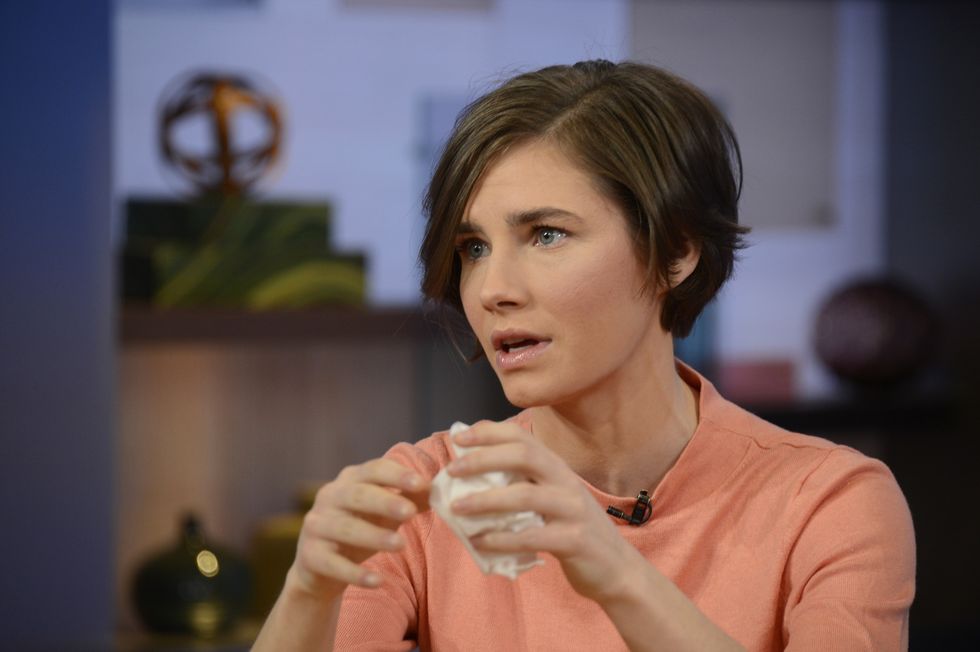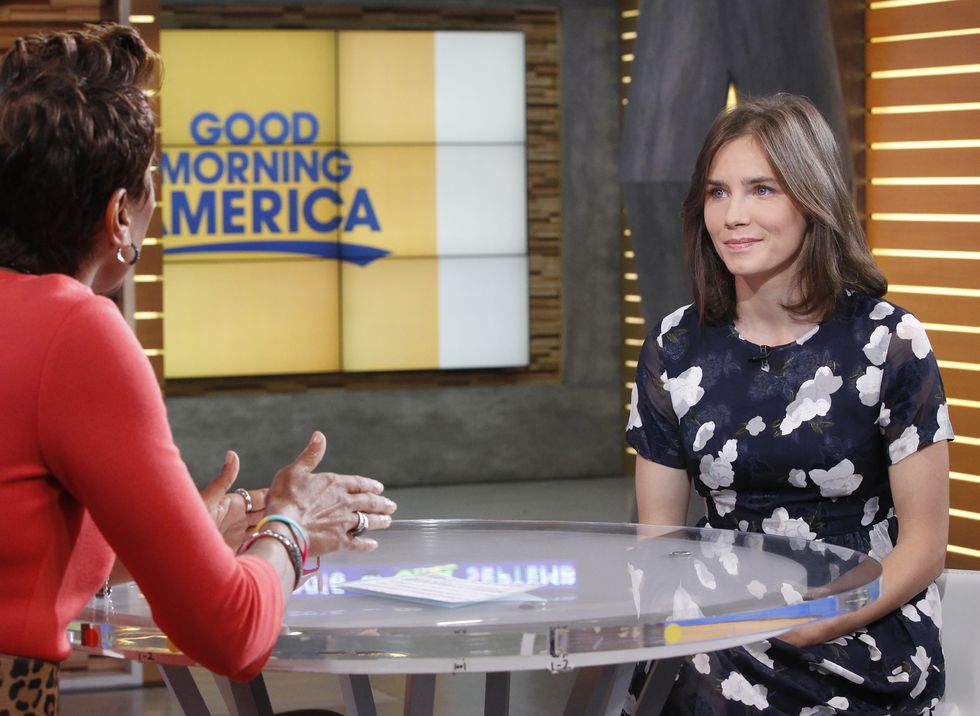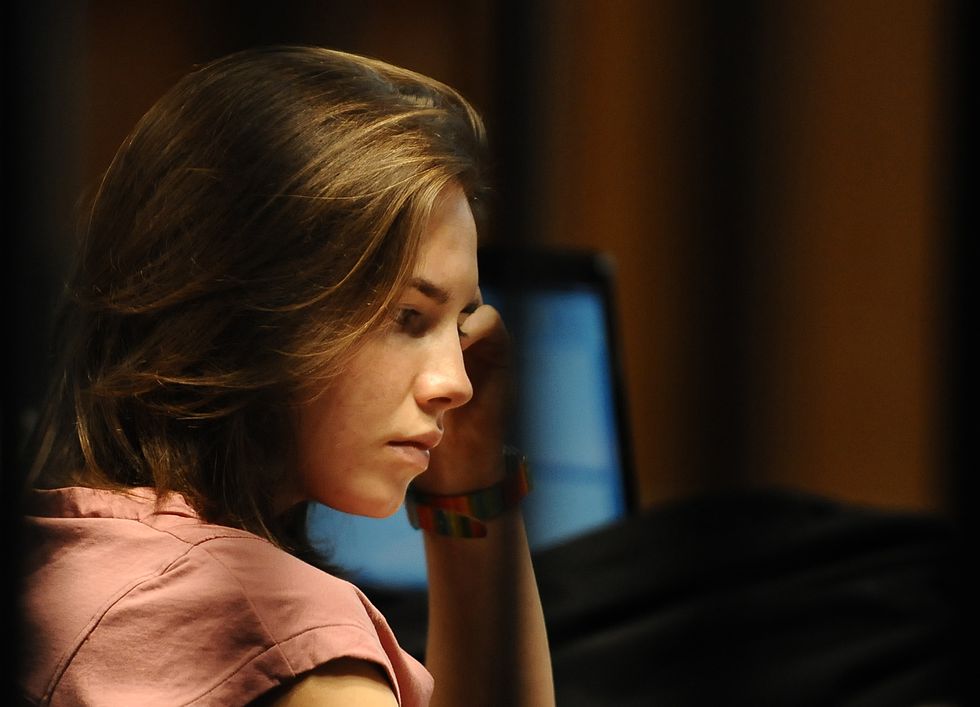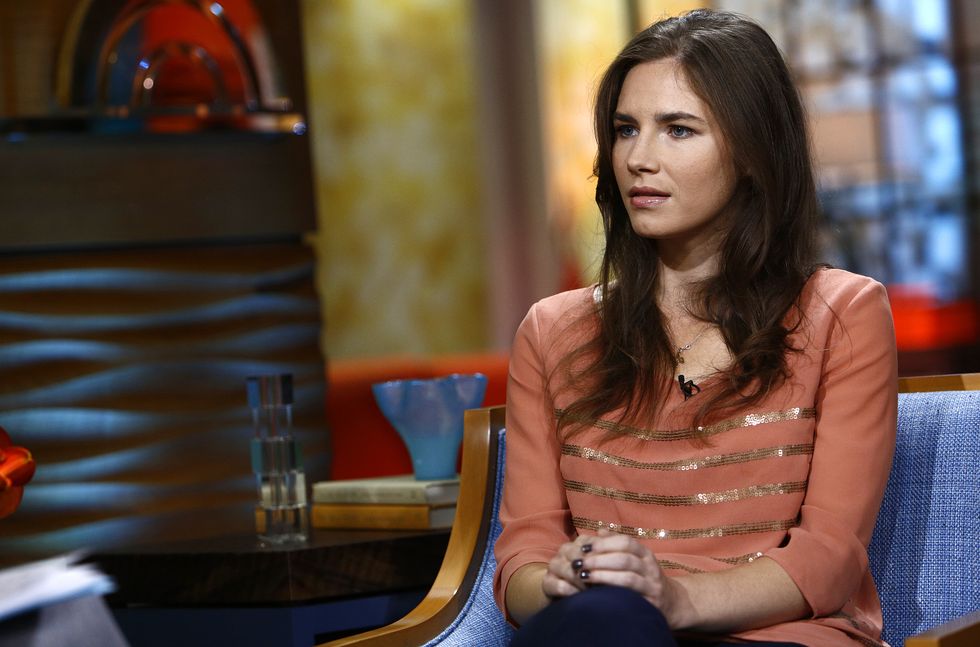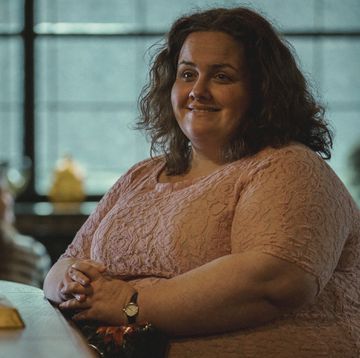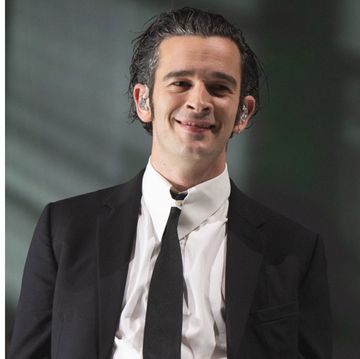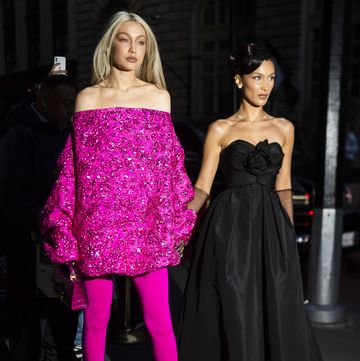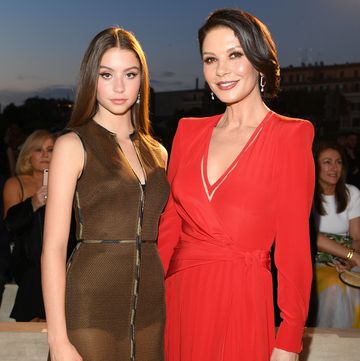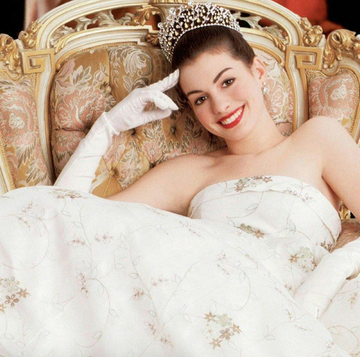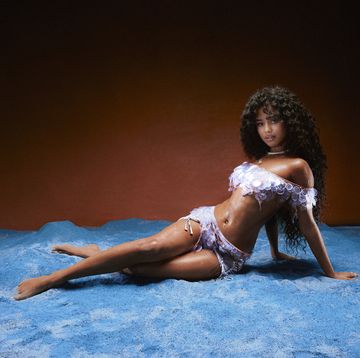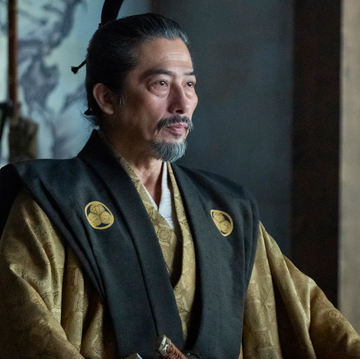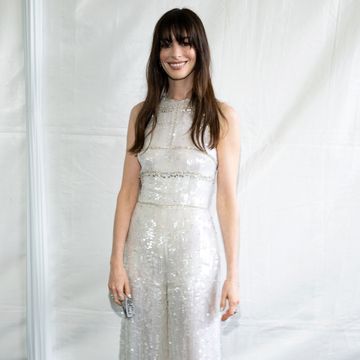Amanda Knox is the infamous, but exonerated suspect in the Meredith Kercher murder case, that everyone has been fascinated with for years.
Ever since the horrific and brutal death of British student Kercher, in 2007, and subsequent accusation of Knox and two other suspects - one of whom has actually been convicted of committing the crime - the world's eyes have been trained unflinchingly on Amanda.
In part because her quiet demeanour and enigmatically big eyes made her intriguing, plus rumours about the murder involving sex play became an open invitation to trawl through Knox's romantic history.
Excited by the idea of a real life Femme Fatale, the media were unrelenting in their study and unpicking of the girl they dubbed, 'Foxy Knoxy'.
Amanda was finally exonerated in 2015, and by 2016 a Netflix documentary was out.
And since then, Knox has written a couple of articles for Vice's women's title, Broadly.
Her first was in December of last year, arguing that gender roles have a part to play in false confessions .
Of course, Knox has a vested interest in false confessions, since she implicated herself in Meredith's murder early on in the investigation.
Knox's second essay brings nuanced light to a typically black and white scene; that of prison relationships.
Amanda spent four years in the Italian prison system, and in the last year a woman (called Leny) attempted to seduce her.
Amanda initially accepted Leny as her first friend in prison, since she had become isolated after becoming the subject of so much fame and notoriety.
She explains in the piece:
I was caught between defensiveness and loneliness. Leny didn't demand that I give her the "real scoop" about my case, or the clothes off my back, or ask me to buy her cigarettes. At first, she didn't demand anything. So I let Leny listen to my CDs. I taught her how to play chess. When Leny got a janitorial job, she loitered outside my cell for a sip of espresso and a chat whenever she was on break. Leny didn't have anyone else, so she looked forward to our time together.
But Leny took it too far and Amanda had to cease contact:
I told Leny that since she couldn't respect my boundaries, we couldn't be friends anymore. Things became tense. On break from work, Leny loitered outside my cell, arguing with me about how I was over-reacting. I was relieved when she was finally released, although she continued to write. She sent me jazz CDs which she inscribed on the inside jacket, "Love always, Leny." I never replied
Amanda's article also charts more successful inmate relationships, which act as a crutch for the vulnerable and lonely, such as Bunch and Rebecca's:
After Bunch was released, they stayed in touch. "I continued to write her, send her money, and we had phone calls. When Rebecca was released, I met her family, and she met mine. We continue to see each other, talk on the phone, and offer each other support. That won't ever change. She was a constant in one of the darkest times of my life and I love her for it."
Amanda argues that, not only do women have more flexible sexual orientations than men, but that romantic relationship are often not much about sex at all - but companionship and tenderness.
Just as many were guilty fetishising her role in a tragic murder, female-on-female prison relationships tend to either be demonised or heavily eroticised in general perception.
Her essay, though, draws a more nuanced picture of affection and care:
The relationships inmates establish with each other are treated as nothing more than kinky lies to be ashamed of upon returning to the real world. But they're not. "Gay for the stay" is an insensitive oversimplification that signals a lack of understanding about what it's really like to be imprisoned, and an underestimation of human nature.
Daisy Murray is the Digital Fashion Editor at ELLE UK, spotlighting emerging designers, sustainable shopping, and celebrity style. Since joining in 2016 as an editorial intern, Daisy has run the gamut of fashion journalism - interviewing Molly Goddard backstage at London Fashion Week, investigating the power of androgynous dressing and celebrating the joys of vintage shopping.


